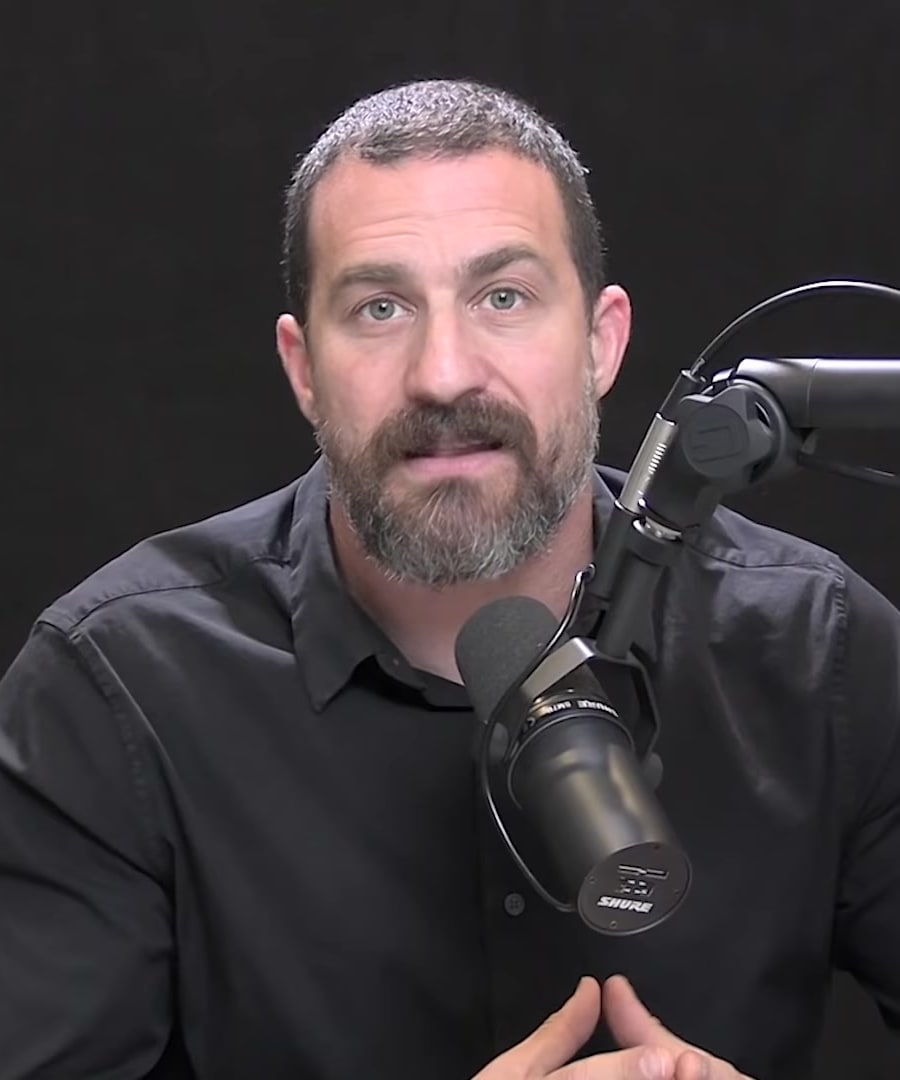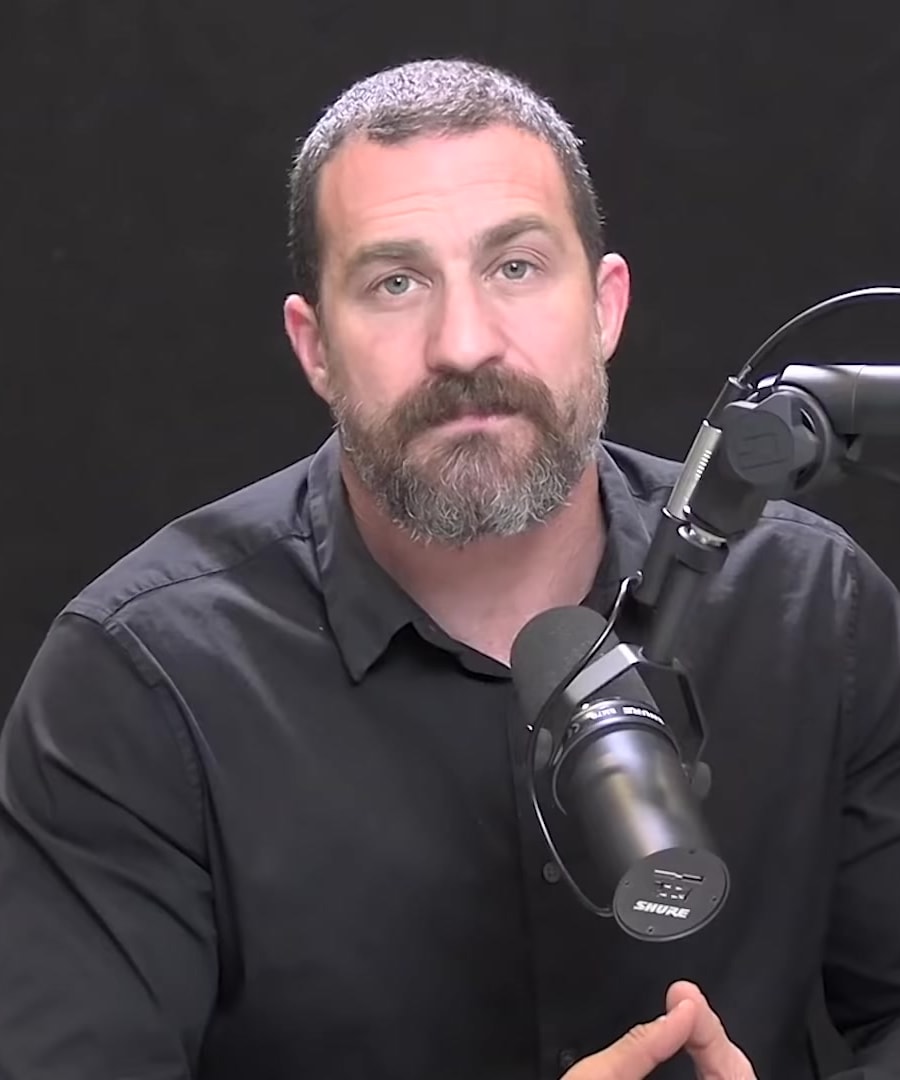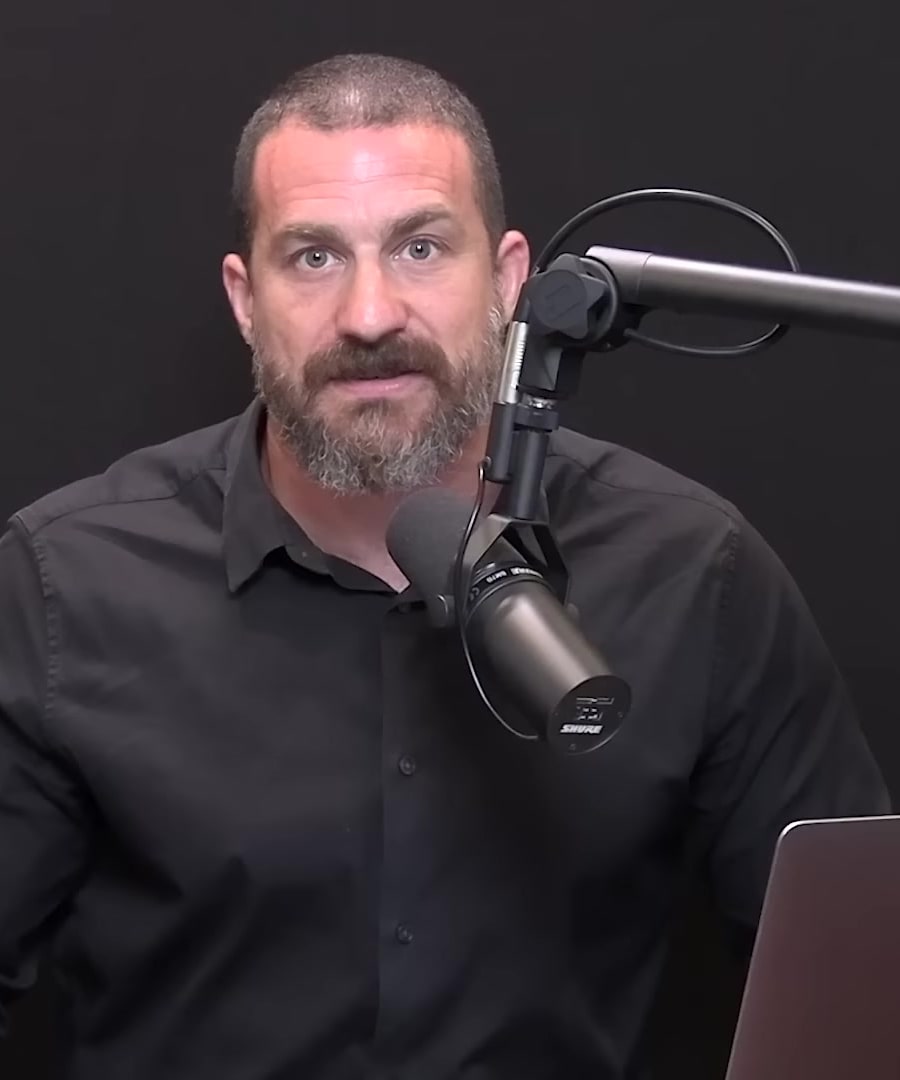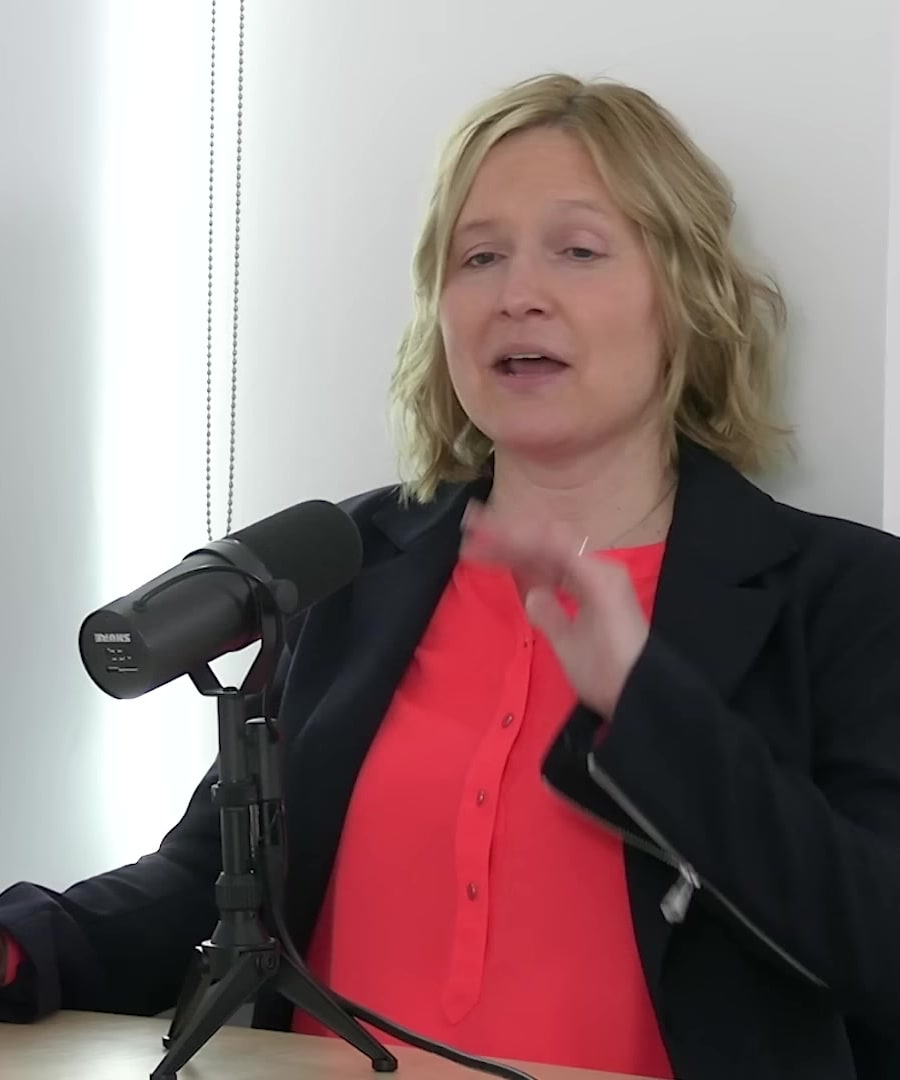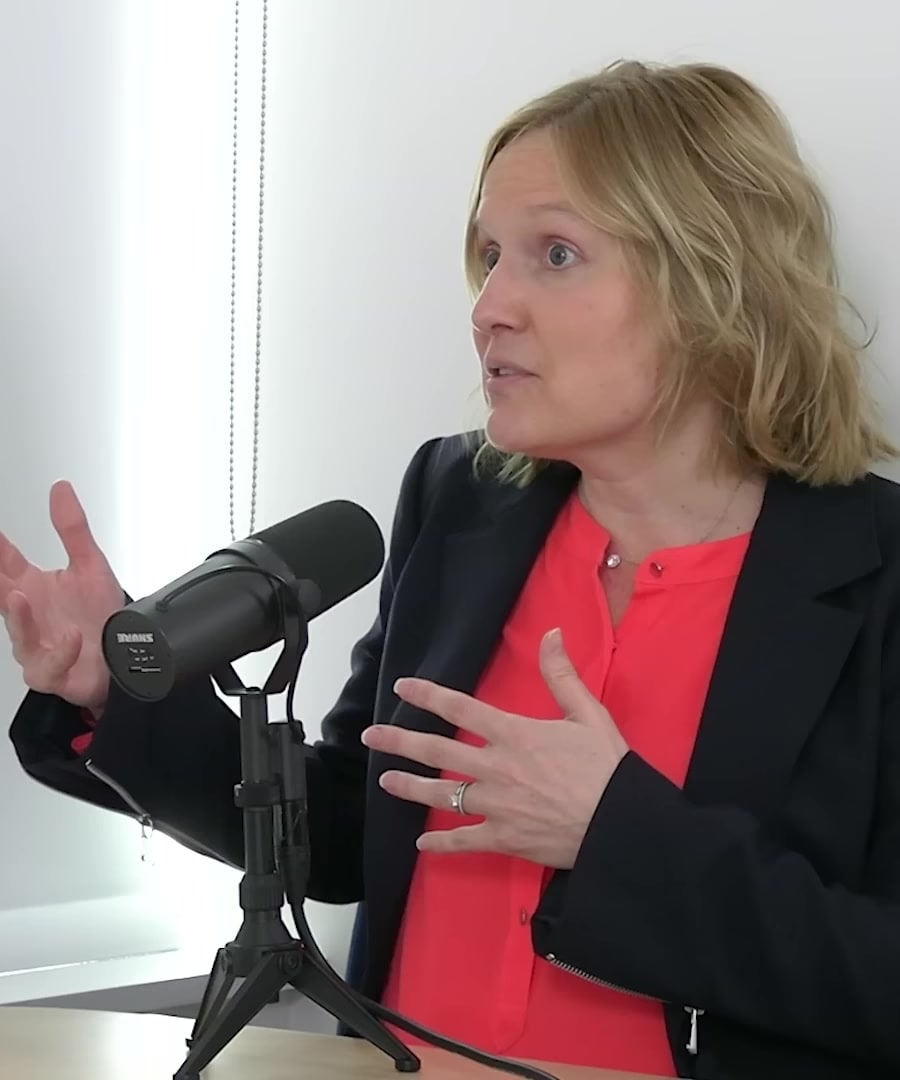Tell me everything andrew has talked about on goals
Sources:
has extensively explored the topic of goals, discussing various aspects from the neuroscience behind goal-setting to practical strategies for achieving them. Here are the key points he has covered:
Neuroscience of Goals
- There's a single neural circuit responsible for pursuing all goals, involving basic neurochemical mechanisms.
- Embracing errors can enhance learning and goal achievement due to the heightened focus it triggers after making mistakes 1 2.
Setting and Achieving Goals
- Goals should be significant, yet realistic and achievable. Extremely high or impossible goals are less effective 3 4.
- Goals need to be specific, measurable, attainable, realistic, and time-bound (SMART method) 5.
Practical Strategies
- Limit the number of goals to avoid distraction. Pursuing one to three major goals a year is often optimal 3.
- Use visual system practices such as "space-time bridging" to align vision, space, time, and reward systems for better goal pursuit 6.
- Optimize your environment by reducing visual and cognitive clutter to maintain focus on your goals 3.
Motivation and Focus
- Adequate sleep, proper nutrition, and managing personal issues are crucial for maintaining motivation and focus during goal pursuits.
- Attention and motivation are influenced by circadian rhythms, with natural rise and fall patterns that can be leveraged for better goal achievement 7.
Additional Insights
- Forecasting failure can sometimes be more effective than forecasting success for motivation and goal achievement 1.
- Defined protocols for goal execution include measuring progress and regular assessment to adjust strategies and ensure alignment with ultimate goals 6 5.
To delve deeper, you can check out the relevant episodes on the podcast, such as:
RELATED QUESTIONSSummarize The Science of Setting & Achieving Goals | Huberman Lab Podcast #55
In , delves into the neuroscience and practical strategies behind setting and achieving goals. Here are the key takeaways:
Neuroscience of Goals
- The episode starts with an explanation of the neural circuits involved in goal setting and pursuit. These circuits are deeply rooted in basic neurochemical mechanisms.
Optimal Learning and Goal-Directed Behavior
- Huberman discusses the importance of setting the right level of difficulty in tasks to optimize learning rates. He emphasizes the role of electrolyte balance and the gut-brain axis in maintaining focus and energy for goal pursuit.
Determining and Valuing Goals
- Strategies for assessing and evaluating the significance and attainability of goals are highlighted. He explains how to use the visual system to align goals with neural circuits for better execution.
Goal Pursuit Psychology
- Huberman touches on the basic psychology behind goal pursuit and offers insights into maintaining motivation. He discusses "space-time bridging," a technique to enhance goal-setting by connecting visual and cognitive elements.
Effective Multitasking and Visual Attention
- The episode covers techniques for effective multitasking and managing visual perception to maintain focus. Huberman explains two visual pathways related to goal setting and how to use them to sustain attention and motivation.
Visualizing and Foreshadowing Failure
- A unique aspect of the episode is the discussion on visualizing and foreshadowing failure. This can sometimes be more motivating than only visualizing success.
Dopamine and Motivation
- Huberman explains the role of dopamine in motivation and how voluntary vs. forced actions affect dopamine levels. He also covers reward schedules and how they relate to maintaining motivation over time.
Practical Tools and Steps
- Toward the end, Huberman offers concrete action steps and tools, like "space-time bridging," to aid in goal achievement. These tools leverage the visual system and cognitive practices to enhance the focus on goal pursuit.
Summary
- The episode concludes with a summary of the key points and emphasizing the importance of the visual system and dopamine in achieving goals.
This episode provides a comprehensive insight into both the scientific and practical nuances of goal setting and achievement.
RELATED QUESTIONSWhich episodes discuss goals in depth?
Here are some episodes from the that discuss goals in depth:
-
- This episode covers the neuroscience behind goal setting, the optimal learning rate, goal-directed behavior, visual attention, and the role of dopamine in motivation.
-
- Features practical tools for goal setting, visualization techniques, the goal gradient hypothesis, and strategies to overcome obstacles and maintain motivation.
-
- Provides a comprehensive toolkit for setting and achieving goals, including choosing priority goals, debunking myths about goal setting, leveraging intrinsic motivation, and sustaining motivation.
-
- Focuses on maximizing recovery to achieve fitness and performance goals, covering topics like muscle soreness, overreaching, and various recovery techniques.
-
- Discusses how identity influences goal setting, the role of motivation, reframing challenges, and tools for setting and achieving goals by building agency and sustaining motivation.
- Discusses how identity influences goal setting, the role of motivation, reframing challenges, and tools for setting and achieving goals by building agency and sustaining motivation.
RELATED QUESTIONS-
Summarize Goals Toolkit: How to Set & Achieve Your Goals | Huberman Lab Podcast
Sources:
In the episode, , delves into science-based protocols for setting and achieving goals. Here are the key points discussed:
-
Measurable Goal Pursuit:
- Emphasizes the importance of setting measurable goals by defining both the overall duration and the daily/weekly time commitment. He suggests using a twelve-week cycle for focus and breaking it down into actionable steps. Writing down these details significantly increases the likelihood of achieving goals 1.
-
Initiating Goal Pursuit:
- Explains strategies for starting goal pursuit based on motivation levels. Huberman highlights the need to visualize the positive outcome if motivation is high and to adopt different methods if motivation is low. The concept is to tailor strategies depending on daily motivation variations 2.
-
Optimizing Focus:
- Discusses the importance of being in an optimal state of mind and body for goal pursuit. Adequate sleep, morning sunlight, proper nutrition, and social connections are crucial. Huberman also mentions circadian rhythms in attention and motivation, suggesting that these rhythms significantly impact focus and motivation 3.
-
Setting Challenging Goals:
- Advocates for setting goals slightly beyond current capabilities to leverage neuroplasticity. Experiencing frustration and anxiety during this process signals neural circuit changes. However, it's critical to choose goals that feel challenging yet attainable, ensuring motivation and engagement 4.
-
Achieving Goals:
- Stresses focusing on one primary goal at a time to increase success rates. Although maintaining a balance in other life areas is necessary, having a priority helps in targeting efforts more effectively 5.
Huberman provides an actionable toolkit to help individuals harness intrinsic motivation and optimize their environment and routines for better goal achievement.
RELATED QUESTIONS-
Summarize Dr. Emily Balcetis: Tools for Setting & Achieving Goals | Huberman Lab Podcast #83
Sources:
In , hosts to discuss evidence-based strategies for setting and achieving goals. Here are the key points:
-
Vision and Motivation:
- Balcetis explores how perception, specifically vision, intersects with goal setting and motivation. Traditional motivation tactics can be effortful and lead to burnout. Instead, using visual strategies, such as visual illusions, can help overcome obstacles and maintain progress toward goals 1.
-
Effective Goal Setting:
- She emphasizes that goal setting should not stop at defining the goal. It involves thinking about practical, manageable steps, and anticipating obstacles. Breaking goals into smaller, achievable tasks and having contingency plans are crucial for maintaining motivation and increasing the likelihood of success 2.
-
Incremental Measurement:
- Setting micro goals (e.g., groups of ten) instead of one large goal (e.g., 100 jumping jacks) can provide frequent motivation boosts. This method offers continuous hits of pleasure and accomplishment to sustain effort during challenges 3.
-
Cognitive Goals:
- For non-physical goals like learning a new language or reading more, visual aids (e.g., highlighting text) can enhance focus and motivation. Balcetis mentions various tools that tie vision to cognitive tasks, making them more manageable and enjoyable 4.
By integrating these techniques, individuals can leverage their perceptual experiences to better set and achieve their goals.
RELATED QUESTIONS-
Summarize Dr. Maya Shankar: How to Shape Your Identity & Goals | Huberman Lab Podcast
Sources:
In , speaks with about identity formation and goal setting. Here are the key points:
-
Forming Identity:
- Shankar explains how our early identity is influenced by observing and labeling the actions and beliefs of those around us, especially parents and peers. This often leads to "identity foreclosure," where young individuals adopt imposed identities without exploring alternatives, creating limitations in mindset and beliefs 1.
-
Redefining Identity:
- Personal setbacks, like Shankar's experience of losing her identity as a violinist due to an injury, highlight the importance of anchoring identity not to what we do but to deeper, more enduring aspects of ourselves, such as emotional connections and core motivations 2.
-
Anchoring Identity and Emotional Connection:
- Shankar emphasizes aligning identity with the purpose behind our actions. For instance, her love for human connection through music guided her transition to roles in cognitive science and public policy, even after she could no longer play the violin 3.
-
Embracing Change:
- Shankar discusses the concept of the "end of history illusion," which causes people to misjudge how much they will change in the future. Recognizing that personal and emotional changes will happen allows better navigation through life's transitions 4.
-
Overcoming Motivational Challenges:
- Practical strategies for goal setting include aligning goals with the physiological and psychological state in which they will be pursued. Shankar highlights the "middle problem," where motivation wanes midway through tasks, and offers techniques to maintain focus and drive 5.
These discussions provide a comprehensive look into how our identity and goals shape our lives and offer strategies to navigate changes and maintain motivation.
RELATED QUESTIONS-
Summarize Dr. Emily Balcetis: Tools for Setting & Achieving Goals | Huberman Lab Podcast #83
In , hosts to discuss effective strategies for goal setting and achievement. Here are the key points:
-
Visualizing Goals:
- Visual techniques can significantly influence motivation and goal achievement. Narrowed attention strategies, or “visual spotlight,” help maintain focus by breaking tasks into smaller, visible segments 1.
-
Goal Gradient Hypothesis:
- This hypothesis highlights that individuals tend to accelerate their efforts as they perceive themselves closer to their goals. Effective visualization can create an “illusion of proximity,” harnessing this psychological boost to maintain momentum 2.
-
Effective Goal Setting:
- Balcetis points out that visualizing goals improperly (e.g., using dream boards) can backfire, making goals seem too distant. Practical strategies include breaking down goals into incremental, measurable steps and setting specific, attainable targets 3.
- Balcetis points out that visualizing goals improperly (e.g., using dream boards) can backfire, making goals seem too distant. Practical strategies include breaking down goals into incremental, measurable steps and setting specific, attainable targets 3.
-
Perception and Energy:
- The podcast discusses how perception impacts our physical and mental energy. By altering how we visualize progress and obstacles, we can manage our energy levels better to stay motivated during challenging tasks 4.
-
Cognitive Tactics:
- Practical cognitive tactics for goal setting include using "mind tricks" such as leveraging the discomfort of incomplete tasks to drive action. Additionally, tracking progress and regularly reviewing goals can reduce anxiety and improve goal adherence 5.
This episode provides listeners with a scientifically-backed toolkit for setting and achieving goals, using methods rooted in psychology and neurobiology.
RELATED QUESTIONS-
Tell me everything andrew has talked about on goals
- RELATED QUESTIONS
Summarize The Science of Setting & Achieving Goals | Huberman Lab Podcast #55
- RELATED QUESTIONS
Which episodes discuss goals in depth?
- RELATED QUESTIONS
Summarize Goals Toolkit: How to Set & Achieve Your Goals | Huberman Lab Podcast
- RELATED QUESTIONS
Summarize Dr. Emily Balcetis: Tools for Setting & Achieving Goals | Huberman Lab Podcast #83
- RELATED QUESTIONS
Summarize Dr. Maya Shankar: How to Shape Your Identity & Goals | Huberman Lab Podcast
- RELATED QUESTIONS
Summarize Dr. Emily Balcetis: Tools for Setting & Achieving Goals | Huberman Lab Podcast #83
- RELATED QUESTIONS

